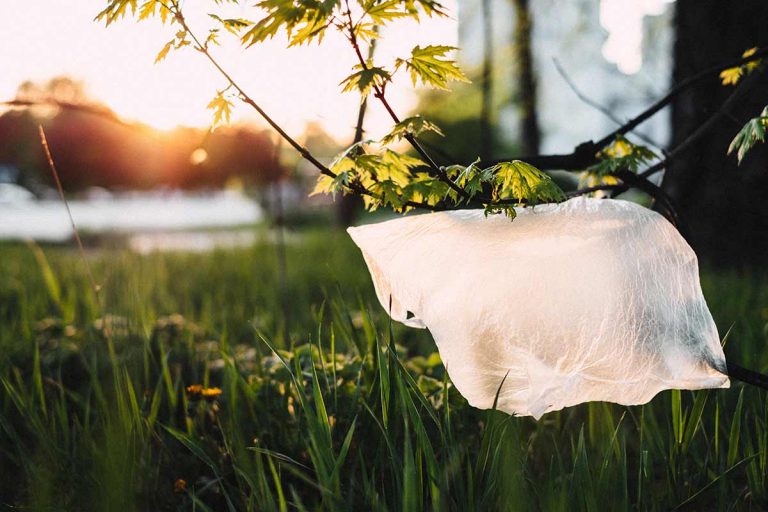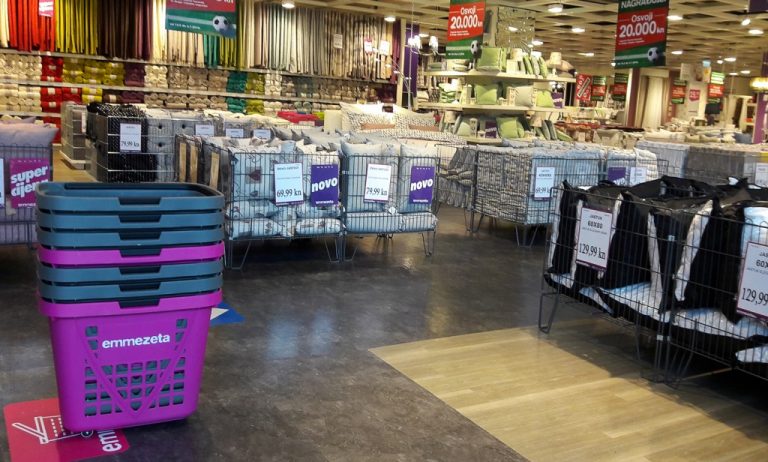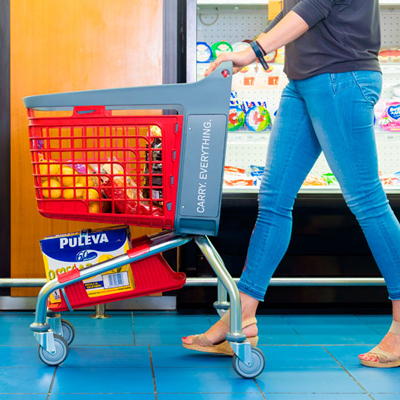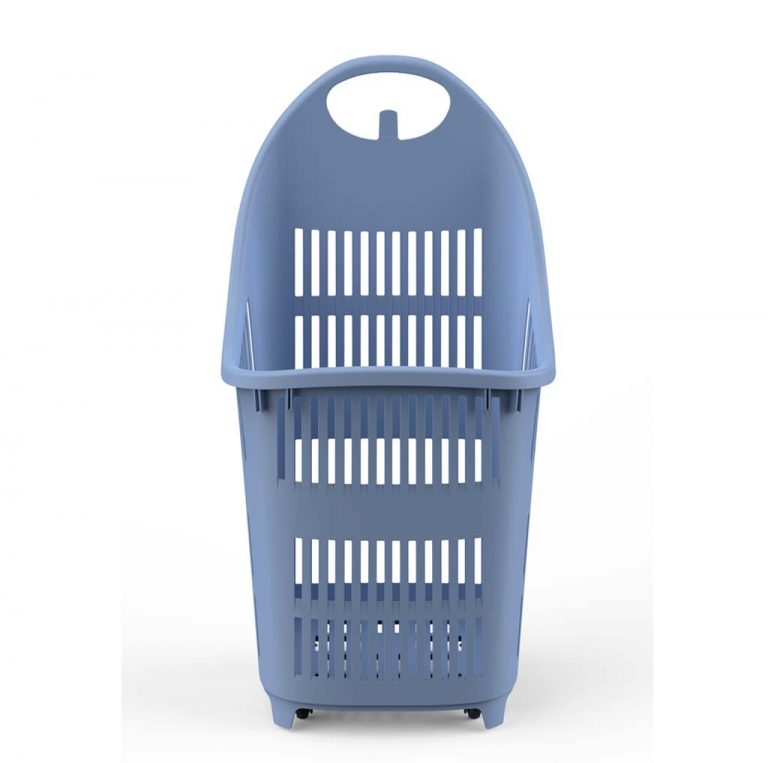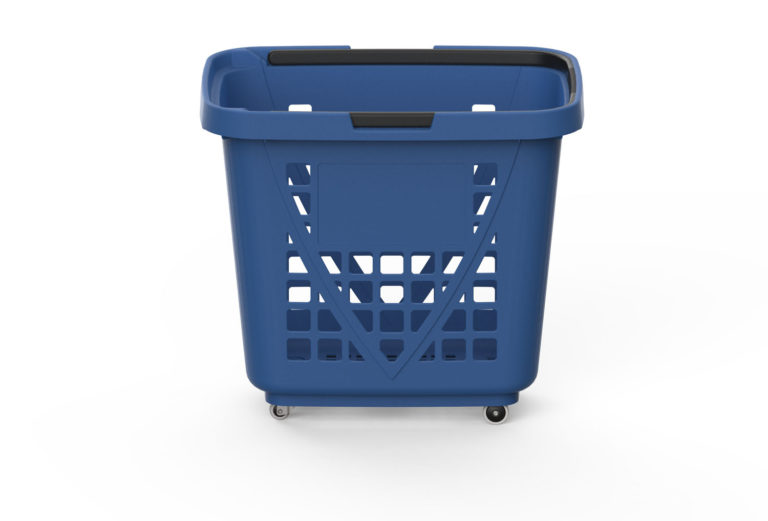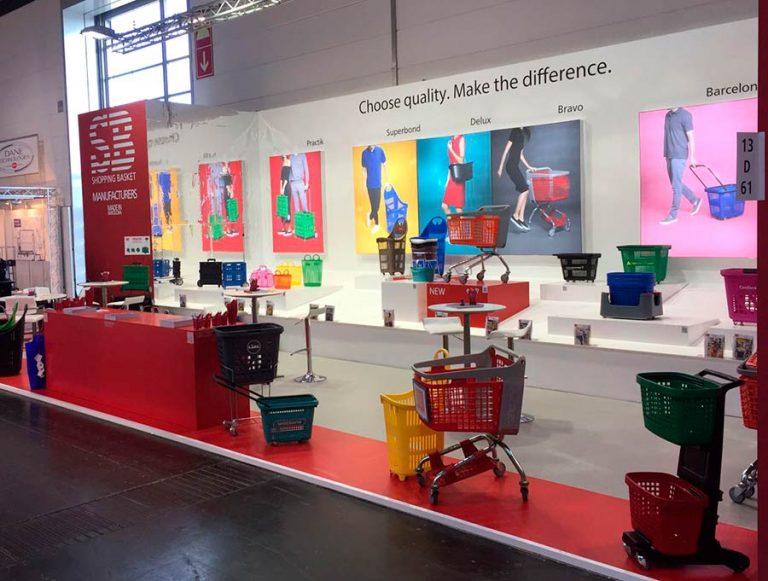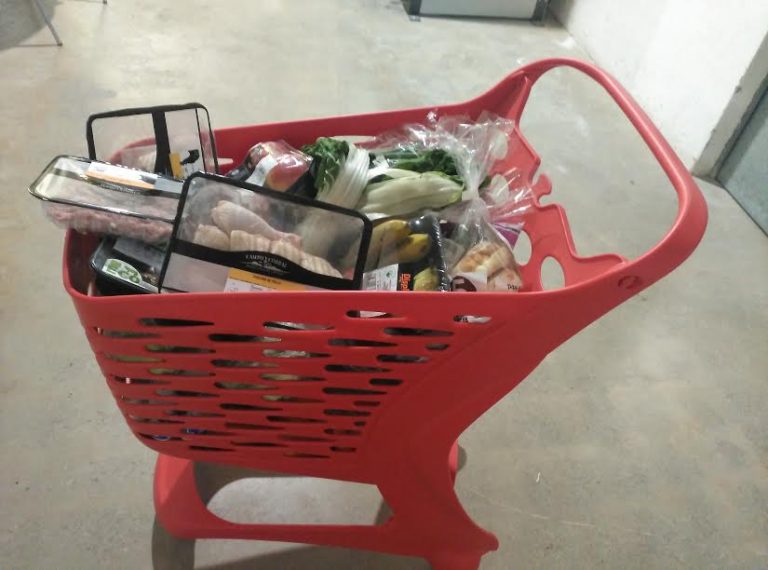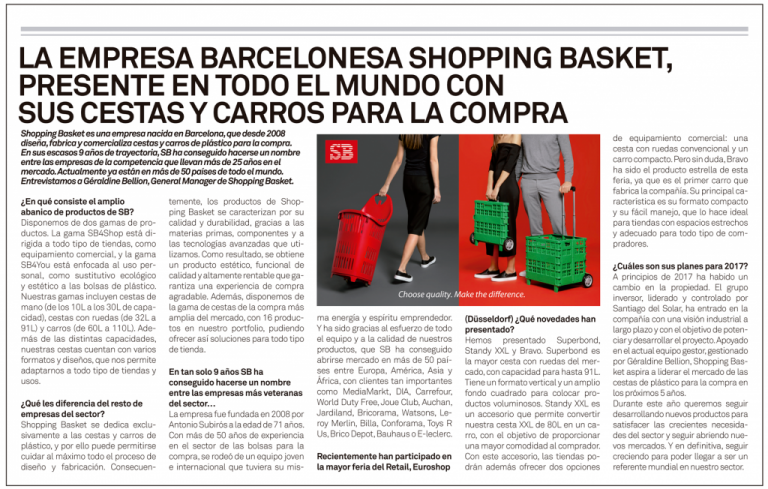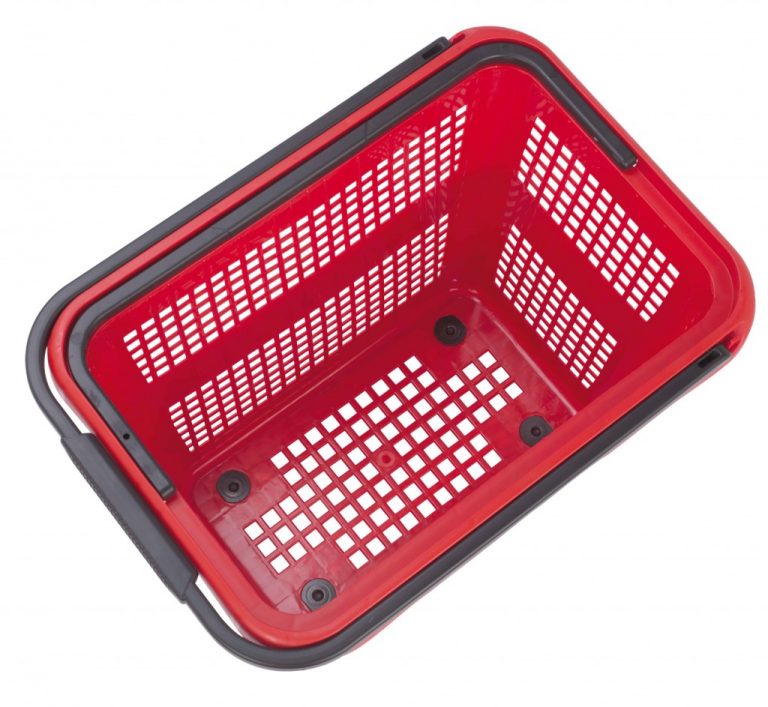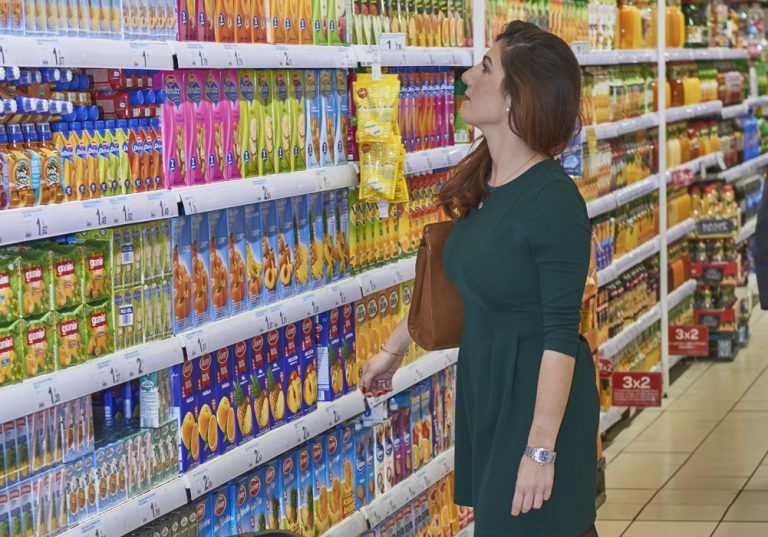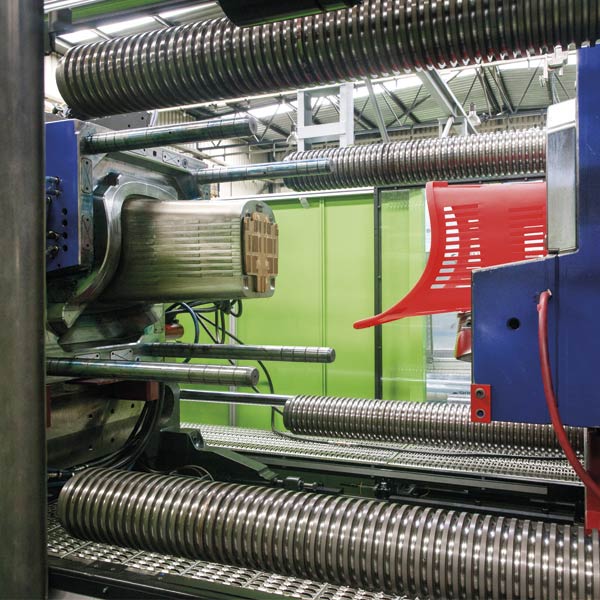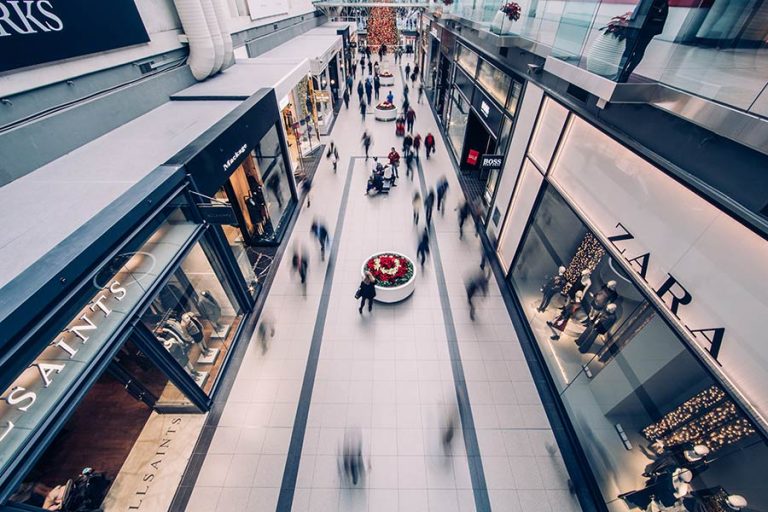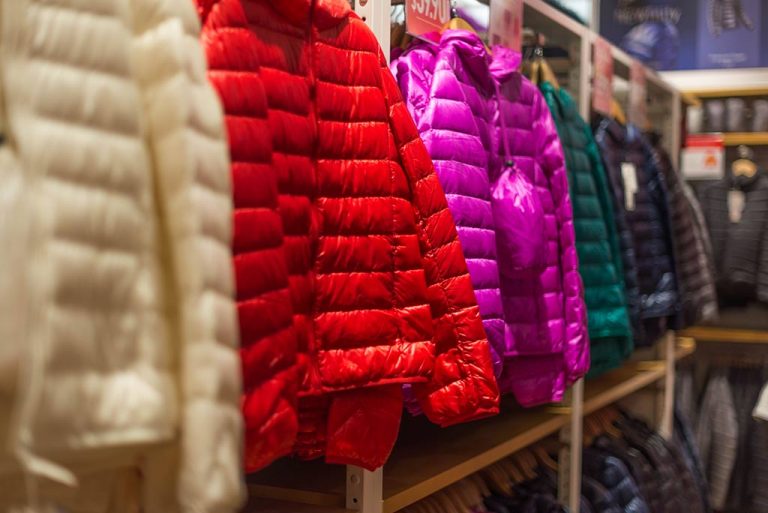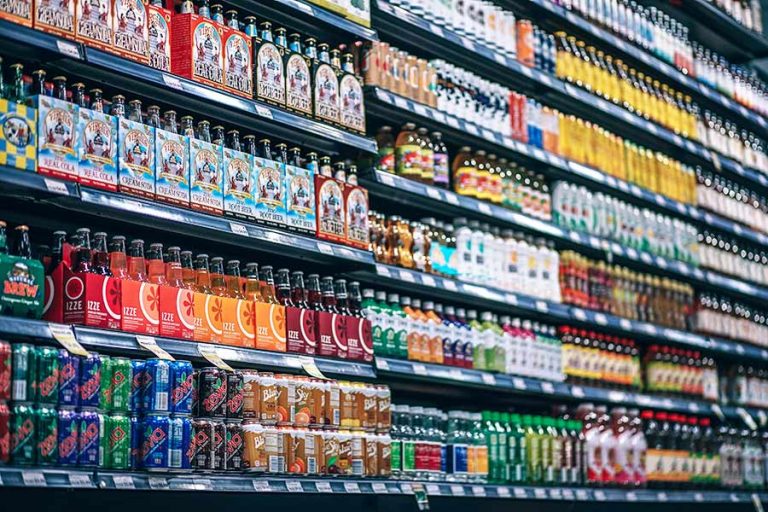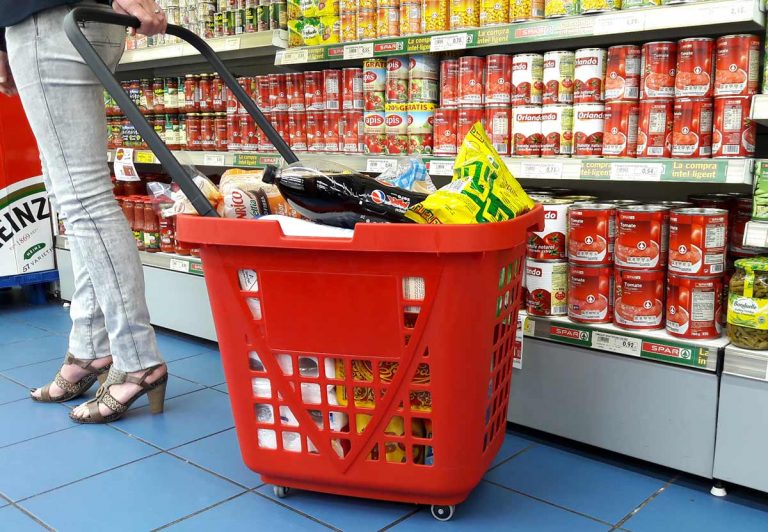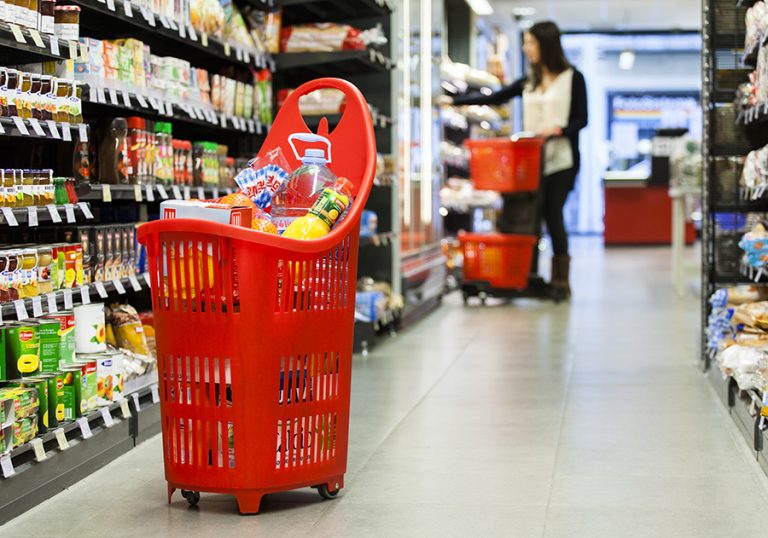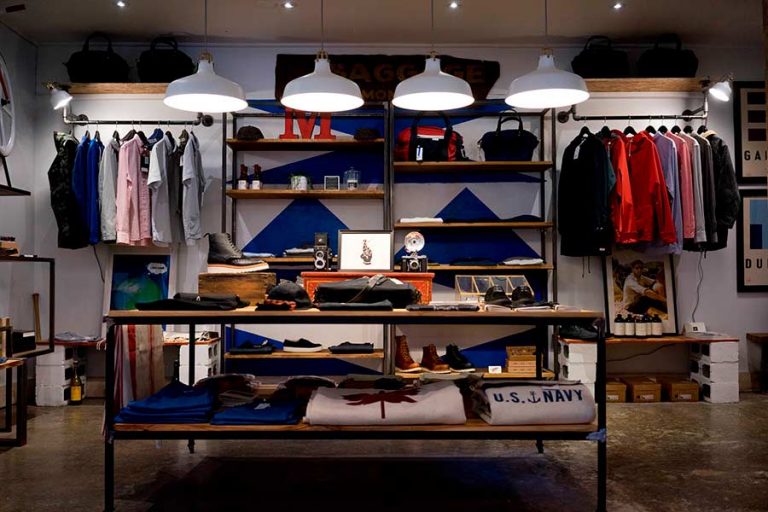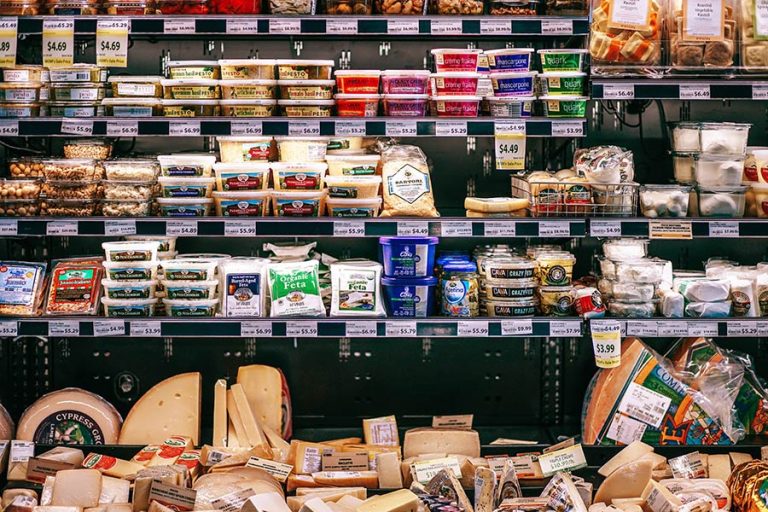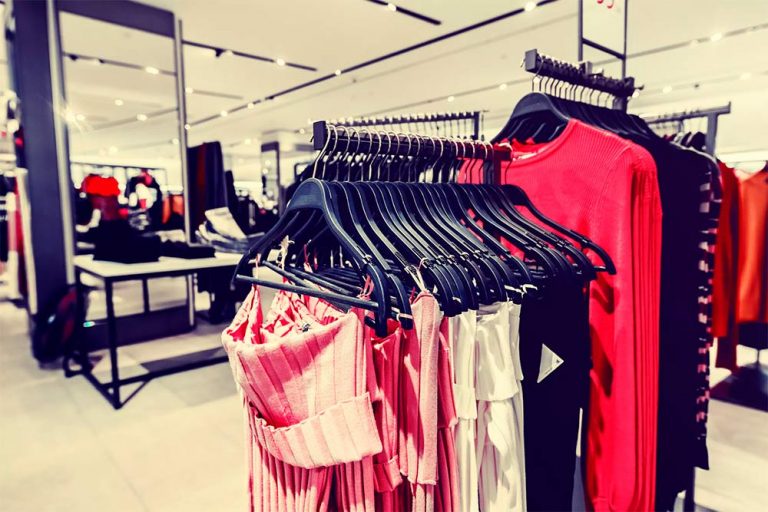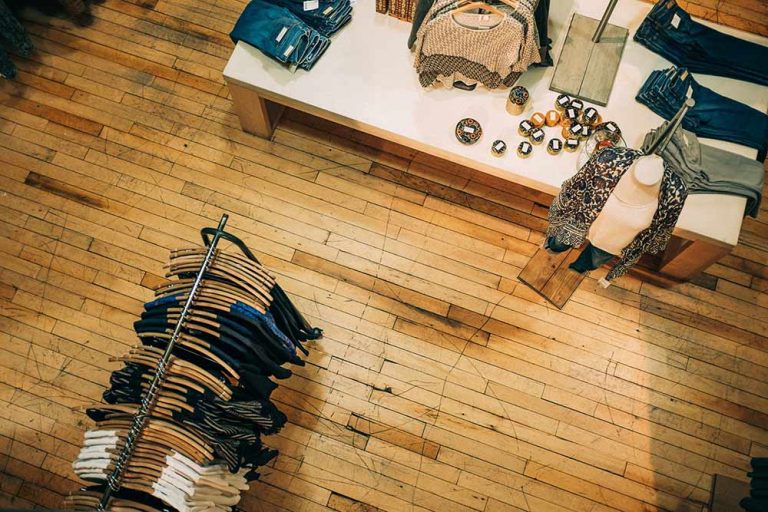What is Recommerce?
A consumer trend that experienced a major boom in the early 2000s. Recommerce, also known as reverse trade, refers to the resale of products that have already been used, in other words, second-hand products.
Several types of companies adhere to this resale model. Among them, many have turned to online operations instead of resale in shops.
Second-hand clothing and goods account for the largest share of the recommerce market, which is expected to reach over $51 billion by 2023. Other popular recommerce sectors include home goods, collectibles, and art.
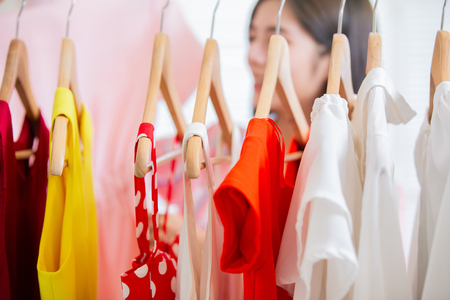
2. Different sectors of the recommerce
- Resale of second-hand or vintage items: Selling old, but well-made, products from classics such as Levis or Woolrich.
- Resale of luxury goods: Selling items and antiques from fashion houses such as Louis Vuitton and Hermès.
- Upcycling: Taking second-hand, vintage or luxury items and converting them into a new product.
Companies make a lot of money from this model, but the resale is not just about financial gain, it is also about recycling.

3. Fast Fashion: Unsustainable
Fashion has a major impact on climate change, accounting for 10% of greenhouse gas emissions, and is the second-largest consumer of water.
“Fast fashion” refers to cheap, quickly produced items by brands that generally have a short lifespan.
Between 2004 and 2014 we witnessed a growth in clothing production, and fast-fashion has become a universal trend. The average number of clothes purchased per person also increased by 60% during this period, according to McKinsey.
To counter the sinister repercussions of waste and overconsumption in the fashion industry, new generations are giving way to what is called upcycling, a new trend. You can read our article on upcycling here.
4. Recycling and fashion
The concept of Upcycling, which consists of making something new out of something old, makes it possible to recycle and reuse waste, materials, or unused objects to give them a second life.
In the fashion industry, upcycling, which means adding value by recycling, is becoming increasingly attractive. Several brands are taking advantage of recycled products and especially plastic to reconstitute new fashion items.
The new generations of designers are clearly positioning themselves as ecological activists and are therefore choosing this model by making their brand ethical, responsible, and eco-friendly.
Shoes are one of the major trends in upcycling. For example, Adidas has produced 6 million pairs of recycled shoes using recycled ocean plastics.
With celebrities and major brands taking the lead, this concept is only gaining in popularity.
5. Growth in social network sales, vintage resales and other trends
In the early 2010s, Instagram and stockX kicked off the growth of online and social networking sales and resales.
Another example of a recommerce that took off online was vintage resellers on Etsy. Although it is known for its customized products from independent shops, this platform is very popular for the resale of branded and vintage clothing. Etsy’s core revenue growth increased by more than 20% in the fourth quarter of 2019, proving that the recommerce has just hit its stride.
6. Current state of the recommerce
“Given that the used clothing market is growing 11 times faster than retail, established brands in the fashion and broader e-commerce sectors have begun to take steps to capitalize.”
Earlier this year, Etsy acquired Zalando, an e-commerce company selling clothing. To keep up with the trend, Zalando is expanding its fashion marketplace to include second-hand resale with the Zircle section.
Luxury brands are also entering the resale sector but with a different approach. Their strategy is to resell on established third-party marketplaces such as Vestiaire Collective.
Luxury fashion houses are looking to deflect this problem by using verification technologies in addition to platforms that will allow them to control the P2P resale of their own used goods.
Luxury brands use subcontractors to handle all their resales through platforms like the well-known Trove. This kind of platform takes care of the collection, the resale, and the logistics of the products in question.
This strategy allows them to keep control of the resale of their own products without having to go through the whole process of creating a resale platform.
Platforms specialized in authenticity verification of products can detect the real from the fake simply thanks to a photo, as for the Entrupy platform.
This shift in power from individual sellers to brands will likely continue as more and more companies find their own ways to profit from recommerce.
7. Why will the recommerce continue to flourish?
Generation Z is concerned about the environment of our planet’s future, as such, recommerce will continue to play a key role in their consumption decisions. In fact, almost a third of Generation Z will buy a secondhand garment, shoe, or accessory in 2020.
While younger people are driving this trend, a recent study found that 56% of people across all generations would be willing to pay more for sustainable products. It is no surprise that companies are embracing this trend to appeal to their customers by creatively re-creating themselves.

 Sign up for our newsletter and be the first to receive our articles!
Sign up for our newsletter and be the first to receive our articles!